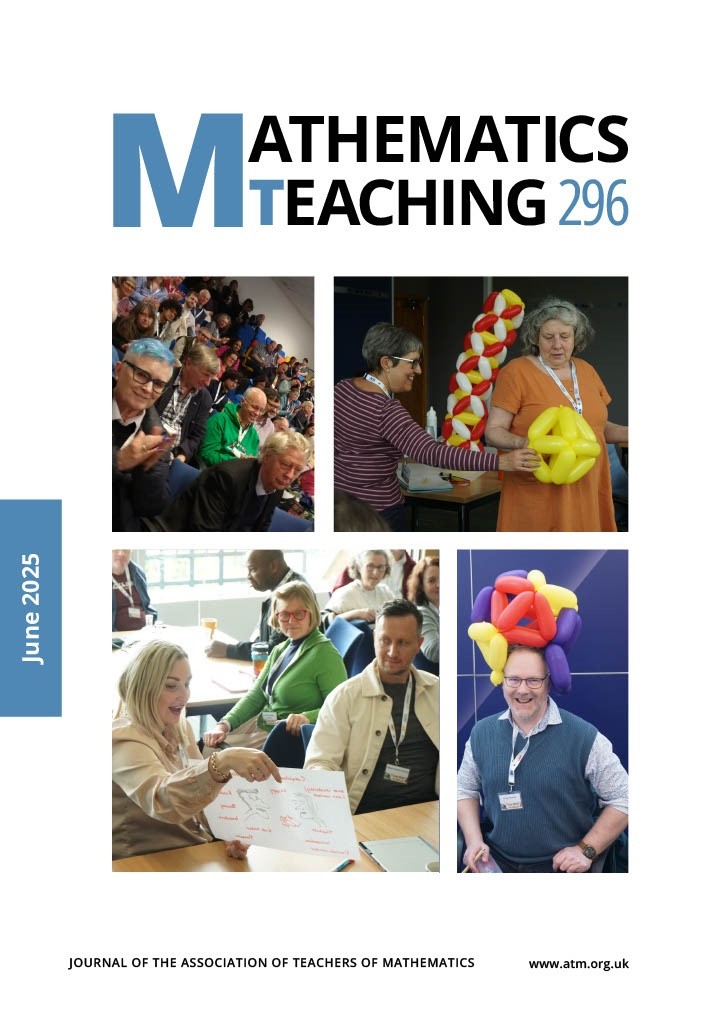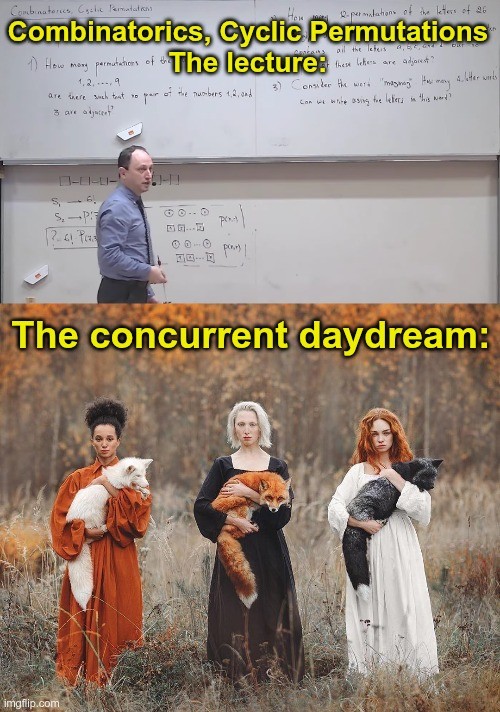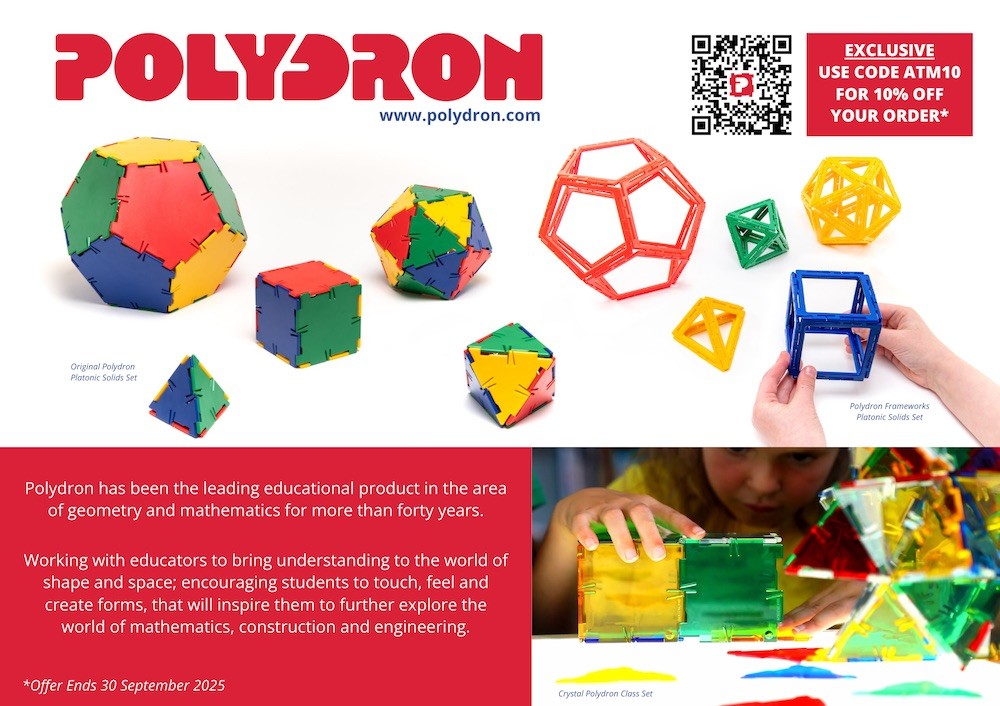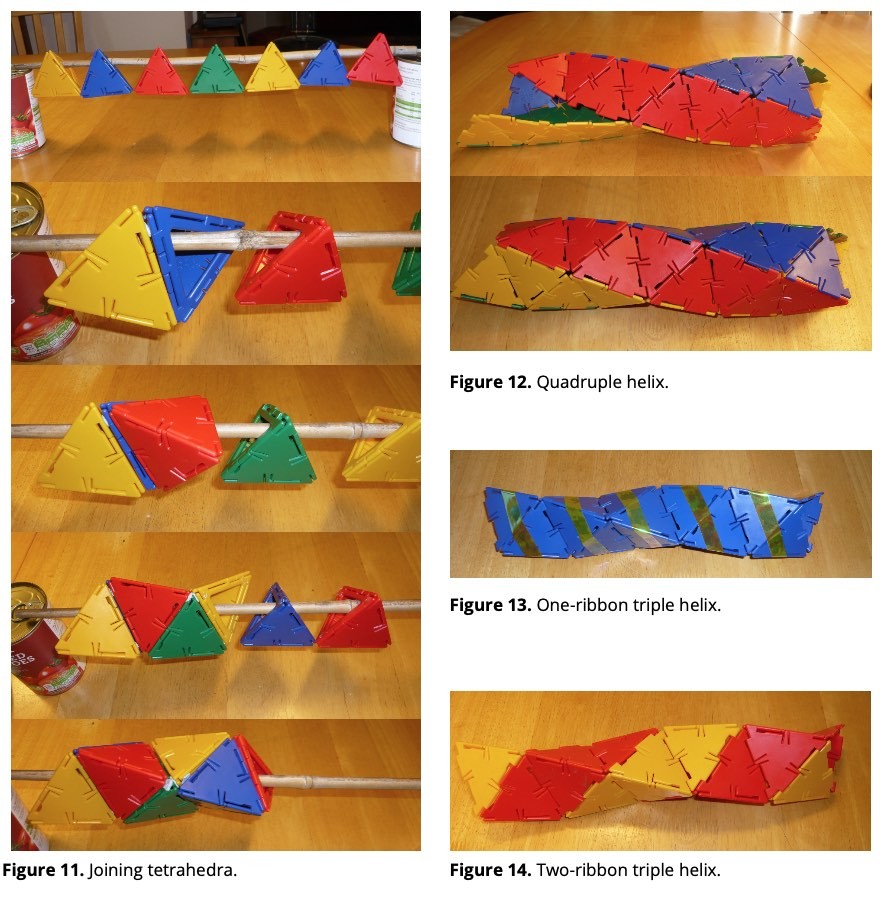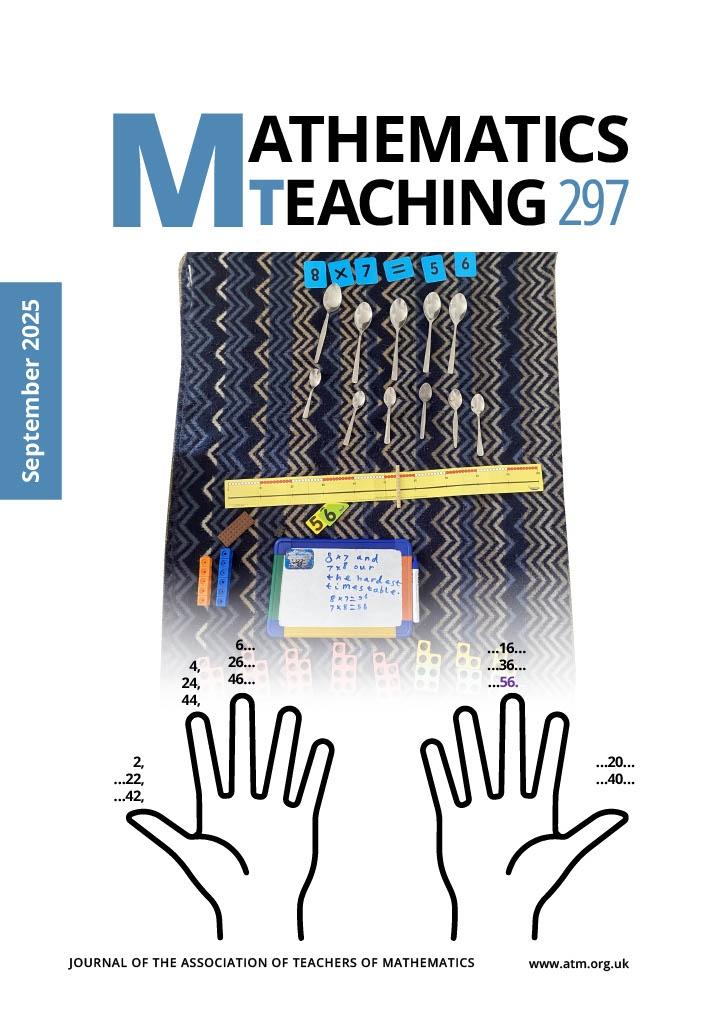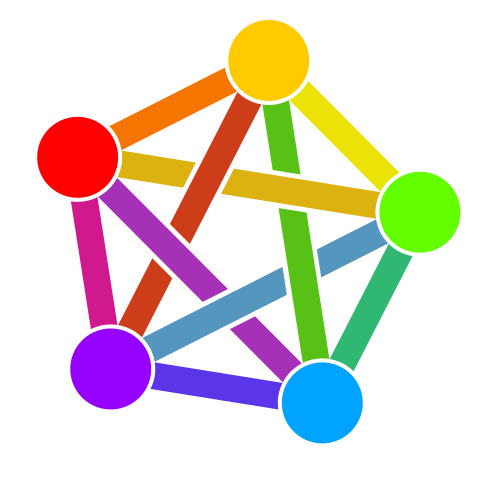math
I feel a little better knowing that Paul Erdős also got the wrong answer on the Monty Hall problem the first time around. I encountered through a 1991 neural network demonstration at LANL and did not put up a fight when told I was wrong and the neural net wasn't.
https://en.wikipedia.org/wiki/Monty_Hall_problem
#math #probability
#birthday #math #ComputerScience
After the Deluge, Noah is checking on all the animals. They’re all doing great, multiplying and filling the Earth, except for this one group of snakes.
“What’s wrong?” asks Noah.
“Cut down some trees for us,” say the snakes.
Noah does so and goes off to check on other animals.
A few weeks later he comes back and sees that there are snakes everywhere!
“Wow, how did cutting down trees do all this?” Noah asks.
“We’re adders,” say the snakes, “and we need logs to multiply.”
Mathematics Teaching 296 now available online https://atm.org.uk/Mathematics-Teaching-Journal-Archive/177731
Design and cover photographs by me
Four free articles for non-members:
Everyone can think mathematically by Tom Francome
Tom Francome explores ways of developing the mathematical thinking of all students, including low attainers.
https://atm.org.uk/write/MediaUploads/Journals/MT296/02.pdf
Book review Learning with AI by Ian Benson
Ian Benson reviews 'Learning with AI' by Joan Monahan Watson published by Johns Hopkins University Press (296 pages, $24.95)
https://atm.org.uk/write/MediaUploads/Journals/MT296/14.pdf
Book review Breaking images by Pete Wright
Pete Wright reviews ‘Breaking images: Iconoclastic analyses of mathematics and its education’, edited by Brian Greer, David Kollosche, and Ole Skovsmose.
https://atm.org.uk/write/MediaUploads/Journals/MT296/15.pdf
Ole Skovsmose—the man who put the critique in critical mathematics education by Peter Gates
Peter Gates has collated this obituary for Ole Skovmose.
https://atm.org.uk/write/MediaUploads/Journals/MT296/16.pdf
#MathematicsTeaching #iTeachMath #MathEd #MathsEd #Math #Mathematics #education #design #GraphicDesign #atm #MT #MT296 #photography
Polydron special offer: Use code ATM10 for 10% off your Polydron order (offer ends 30 September 2025)
https://www.polydron.co.uk/shop.html
#coupons #coupon #discounts #polydron #offer #geometry #MathematicsTeaching #atm #MT #MT295 #iTeachMath #MathEd #Math #Education
‘Exploring triangles at the Institute of Mathematics Pedagogy (IMP)’
Tandi Clausen-May reflects on an exploration of 3D shapes made from triangles.
https://atm.org.uk/write/MediaUploads/Journals/MT295/03.pdf
One of the two free articles from Mathematics Teaching 295 for non-members.
#geometry #triangle #helix #polydron #MathematicsTeaching #atm #MT #MT295 #iTeachMath #MathEd #Math #Education #mathematics
tomkyle/binning – Determine optimal number of bins 𝒌 for #histogram #creation and optimal bin width 𝒉 using various statistical methods in #PHP.
Included methods: Sturges’ Rule, Doane’s Rule, Freedman-Diaconis Rule, Terrell-Scott’s Rule, Rice Rule, Scott’s Rule, and Square Root Rule.
GitHub: https://github.com/tomkyle/binning
Issues: https://github.com/tomkyle/binning/issues
Available on #packagist via #composer. Heavily inspired by markrogoyski/math-php but written for #PHP 8.3+. — #math #statistics
Mathematics Teaching 297 now available online https://atm.org.uk/Mathematics-Teaching-Journal-Archive/177732
Design by me
Six free articles for non-members:
For the classroom: fractions
Tom Francome offers activities from LUMEN (Loughborough University Mathematics Education Network https://www.lboro.ac.uk/lumen).
https://atm.org.uk/write/MediaUploads/Journals/MT297/08.pdf
Critical mathematics education student teachers’ perspectives
Manjinder K. Jagdev and her student teachers reflect on their experiences of developing critical mathematics education and social justice themes in initial teacher education courses
https://atm.org.uk/write/MediaUploads/Journals/MT297/10.pdf
Awareness of the division of fractions keep your flipping change to yourself!
Sam Brace describes a unit of work that uses learners’ powers of the mind to understand the division of fractions.
https://atm.org.uk/write/MediaUploads/Journals/MT297/11.pdf
Jan Potworowski the quest to humanise mathematics education
George Knights and Lyndon Baker have prepared this tribute to Jan Potworowski.
https://atm.org.uk/write/MediaUploads/Journals/MT297/13.pdf
Julian Williams teacher researcher theorist. 1954–2025
Geoff Wake and Laura Black celebrate Julian Williams’s contribution to mathematics Education.
https://atm.org.uk/write/MediaUploads/Journals/MT297/14.pdf
I want to remember...
In memory of Julian Williams by Laya Hooshyari.
https://atm.org.uk/write/MediaUploads/Journals/MT297/15.pdf
#MathematicsTeaching #iTeachMath #MathEd #MathsEd #Math #Mathematics #teaching #pedagogy #didactics #education #design #GraphicDesign #atm #MT #MT297
One thing I like about this book is its approach to eigenvalues and eigenvectors. Most linear algebra books present eigenvalues as roots of the "characteristic polynomial", which is built from the "determinant", which in turn has some formula defining it. These objects are rarely motivated geometrically, and so you're left with limited understanding of just what an eigenvalue is or why linear transformations on finite-dimensional vector spaces must have them. Axler avoids determinants till Chapter 9 of the book, focusing instead on linear operators. The fact that operators must have eigenvalues pops out of the observation that iterating an operator on a given non-zero starting vector results in a set of vectors that must eventually become linearly dependent. This fact also leads to the development of the characteristic polynomial; you can then come at the determinant from this, more geometric, perspective.
#math #teaching #LinearAlgebra
Mathstodon.xyz is a Mastodon server for people who love mathematics. We have LaTeX rendering in the web interface!
This server has a post size of up to 1729 characters, and has been online since 2017.
You can find out more at https://mathstodon.xyz/about or contact the admin @christianp
#FeaturedServer #Mathematics #Maths #Math #Mastodon #Fediverse #FreeFediverse
